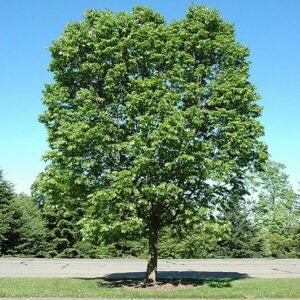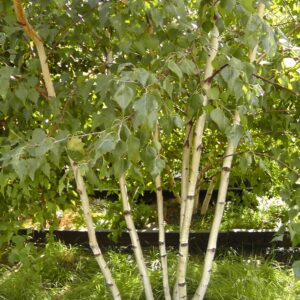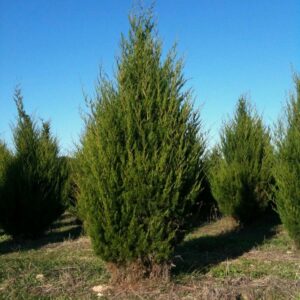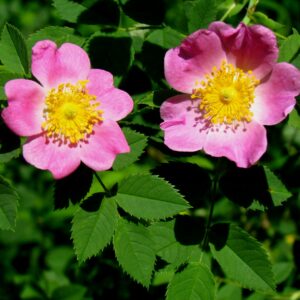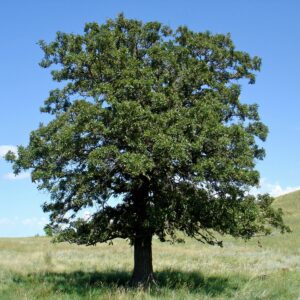- Ph: (631) 801-2855
- All Visits by Appointment Only
- info@linatives.com
- My Account
Paw Paws are all the rage as one of the premier foraging native species for our zone here in Long Island. You need minimally 2 individual trees to produce fruit. Plant these trees now as an investment in your edible garden! Trees will produce fruit in 2 seasons. Pawpaw is a eastern U.S. native small understory tree or large shrub which typically grows 15-20′ tall (sometimes to 30′) and occurs in low bottom woods, wooded slopes, ravines and along streams. Often spreads by root suckers to form colonies or thickets. Large, slightly drooping, elliptical, medium green leaves (6-12″ long) retain green color well into fall before turning to a bright (but sometimes undistinguished) yellow. Cup-shaped, purple flowers (3 green sepals and 6 purple petals in two tiers) appear in spring, and give way to edible, oblong, yellowish green fruits which mature in early autumn to a dark brown. Flavor and fleshy consistency of the sweet-flavored fruits resembles bananas. Fruits are frequently eaten raw or used in ice creams or pies, although they can produce nausea in some people. Wildlife (e.g., raccoons, squirrels and opossums) eagerly seek out the fruits and often beat humans to the harvest. Early Americans made a yellow dye from the pulp of the ripened fruit.
$9.99 – $39.99
Please note: Most pictures represent mature plants. Unless otherwise specified, all of our plants are sold in 4″ pots to make shipping possible and will mature in time.
Learn more about how the process works and how our plants are delivered.



| Native | |
|---|---|
| Sunlight | |
| Moisture | |
| Wetland Indicator | |
| Special Attributes | |
| Size | 2 Gallon, 3 Gallon, QUART, 1.5 Gallon |
Paw Paws are all the rage as one of the premier foraging native species for our zone here in Long Island. You need minimally 2 individual trees to produce fruit. Plant these trees now as an investment in your edible garden! Trees will produce fruit in 2 seasons. Pawpaw is a eastern U.S. native small understory tree or large shrub which typically grows 15-20′ tall (sometimes to 30′) and occurs in low bottom woods, wooded slopes, ravines and along streams. Often spreads by root suckers to form colonies or thickets. Large, slightly drooping, elliptical, medium green leaves (6-12″ long) retain green color well into fall before turning to a bright (but sometimes undistinguished) yellow. Cup-shaped, purple flowers (3 green sepals and 6 purple petals in two tiers) appear in spring, and give way to edible, oblong, yellowish green fruits which mature in early autumn to a dark brown. Flavor and fleshy consistency of the sweet-flavored fruits resembles bananas. Fruits are frequently eaten raw or used in ice creams or pies, although they can produce nausea in some people. Wildlife (e.g., raccoons, squirrels and opossums) eagerly seek out the fruits and often beat humans to the harvest. Early Americans made a yellow dye from the pulp of the ripened fruit.
